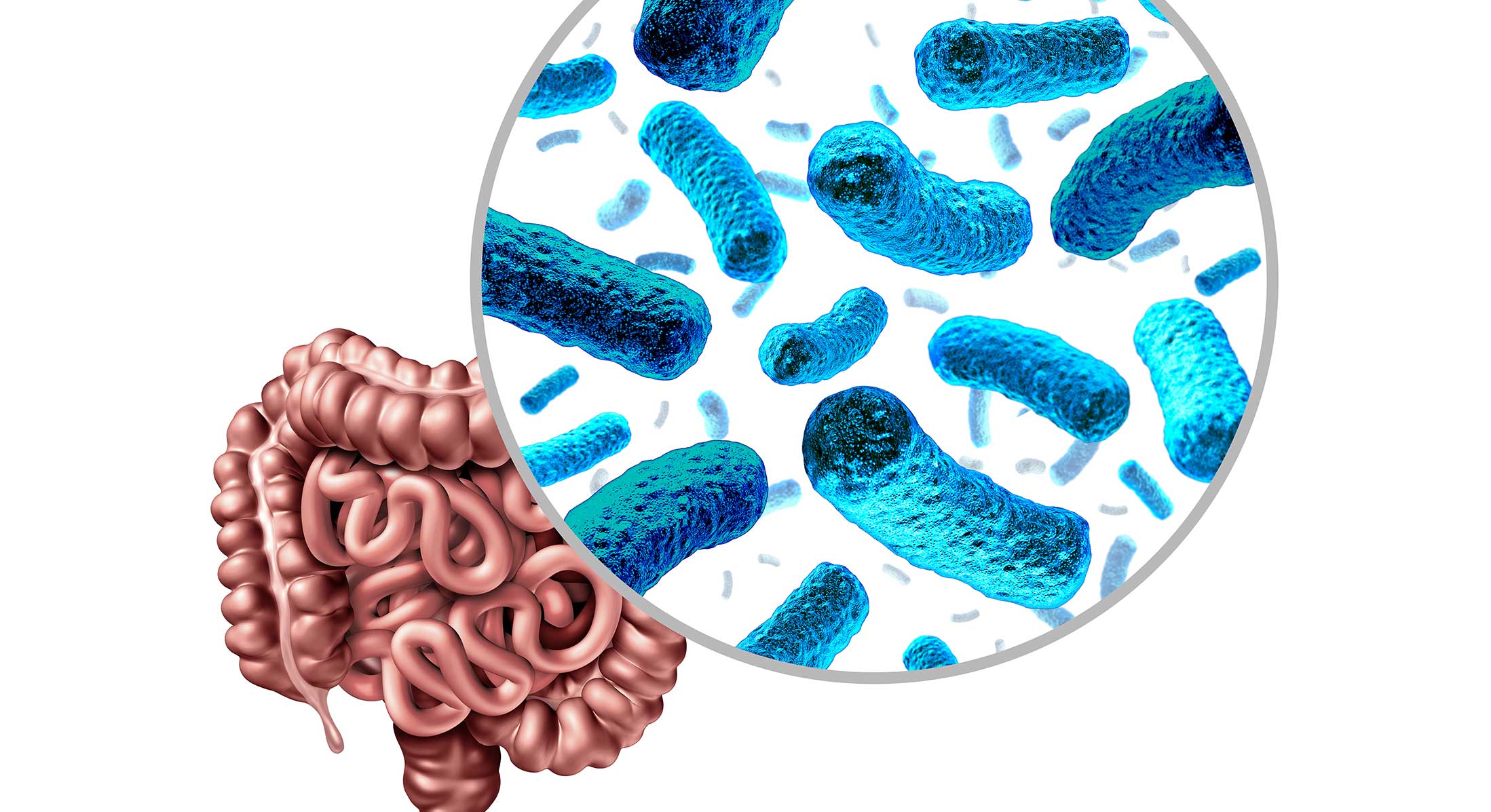Why does taking care of your gut microbiota matter?
While a rich and diverse gut microbiota is closely linked to proper gut health and overall well-being, alterations in the balance of this community of microorganisms have also been linked to almost every human disease.
Just like a forest with many different types of trees or a library with a varied store of books, a diverse gut microbiota means having different types of good microorganisms from many different groups. And just as the idea of entering your favorite library and finding only one genre of books makes for a less appealing visit, so with the huge array of microorganisms you harbor in your gut: the greater the diversity, the better!
So how about some science-backed ways to manipulate the gut microbiota for health benefits?
Maintaining a healthy gut microbiota is like lawn care
Just like with that patch of grass in your garden, letting your gut microbiota recover spontaneously when out of balance does not always mean you get the best results.
The elements that help promote a healthy gut microbiota are described below.
1) Prebiotics, which act like a fertilizer for your gut microbes and promote good gut bacteria growth. Hitting your weekly target of 30 different plant-based foods (including fruit, vegetables, wholegrains, legumes, nuts and seeds), which are packed with naturally occurring prebiotics, is the best way to nourish your gut microbiota!
The good news is that the quality of your diet (that is, the diversity of food components) is more important that the quantity of calories per se, even in people of advanced age.
2) Probiotics, which help seed your gut with well-defined good microbes. Probiotics are a good way of administering a defined amount and diversity of beneficial microorganisms, mainly made up of bacteria but also including yeast.
Scientists have also turned to compounds produced by microorganisms, released from food components or microbial constituents, including non-viable cells, which have a potential to promote health and well-being when administered in adequate amounts. These are collectively known as postbiotics.
3) Synbiotics, which are a mixture comprising live microorganisms and one or more substrates selectively utilized by host microorganisms that confer a health benefit.
Want a simple idea for including synbiotics in your diet? Combine in the same meal a prebiotic food and a probiotic fermented food as a dessert (e.g. yogurt with dried fruits and seeds).
4) The fourth and final way of maintaining that gut microbial lawn is to transplant the entire microbial ecosystem, like scattering new seeds and transplanting native vegetation on grass that has been battered by the frost. Importantly, to minimize potential risk of adverse events and unintentional transfer of conditions related to the gut microbiome, this mode of microbiome modulation should only be utilized in strict clinical settings (vaginal seeding is another procedure that doctors warn not to practice in order to avoid exposing babies to possible dangers).
Fecal transplants (also known as bacteriotherapy) have shown promise in treating conditions that are not directly related to the gut, such as obesity. However, the most widely studied indication is for treating infections caused by Clostridioides difficile that does not respond to antibiotics. Nowadays, the superbug is considered a public health threat, which causes an estimated half a million illnesses and thousands of deaths annually in the United States alone.
Scientists have also started working on promising new approaches for restoring diversity to the gut microbiome and reducing the risk of C. difficile infection. For instance, as a means of overcoming the complications of fecal microbiota transplants, such as sepsis, one such case looks at delivering a defined broad range of microbes to the gut that have undergone proper quality controls.
What next?
Just like each one of us is unique, so our inner microbial ecosystem. As such, there is increased interest among scientists in exploring personalized ways to look after gut health.
In the future, new probiotics will be available beyond the well-known Lactobacillus and Bifidobacterium. One example is the heat-inactivated Akkermansia muciniphila for alleviating the features of metabolic syndrome in overweight and obese people.
Scientists are also interested in finding out which specific gut bacteria are associated with adherence to healthy dietary patterns, as a means of supporting those beneficial bacteria with food.
Until now, the methods at your fingertips for nourishing your gut microbiota include consuming probiotics, prebiotics or a combination of the two. The science of the future will further help clarify the best recipes for supporting diet quality to match individual needs, along with other indications for administering a defined broad range of microbes for conditions beyond the gut.
References:
Wargo JA. Modulating gut microbes. Science. 2020; 369(6509):1302-1303. doi: 10.1126/science.abc3965.
McDonald D, Hyde E, Debelius JW, et al. American Gut: an open platform for citizen science microbiome research. mSystems. 2018; 3(3):e00031-18. doi: 10.1128/mSystems.00031-18.
Cani PD, Van Hul M. Mediterranean diet, gut microbiota and health: when age and calories do not add up! Gut. 2020; 69(7):1167-1168. doi: 10.1136/gutjnl-2020-320781.
Hill C, Guarner F, Reid G, et al. Expert consensus document. The International Scientific Association for Probiotics and Prebiotics consensus statement on the scope and appropriate use of the term probiotic. Nat Rev Gastroenterol Hepatol. 2014; 11(8):506-514. doi: 10.1038/nrgastro.2014.66.
Collado MC, Vinderola G, Salminen S. Postbiotics: facts and open questions. A position paper on the need for a consensus definition. Benef Microbes. 2019; 10(7):711-719. doi: 10.3920/BM2019.0015.
Swanson KS, Gibson GR, Hutkins R, et al. The International Scientific Association for Probiotics and Prebiotics (ISAPP) consensus statement on the definition and scope of synbiotics. Nat Rev Gastroenterol Hepatol. 2020; 17(11):687-701. doi: 10.1038/s41575-020-0344-2.
Centers for Disease Control and Prevention. What is C. diff? Available: https://www.cdc.gov/cdiff/what-is.html.


